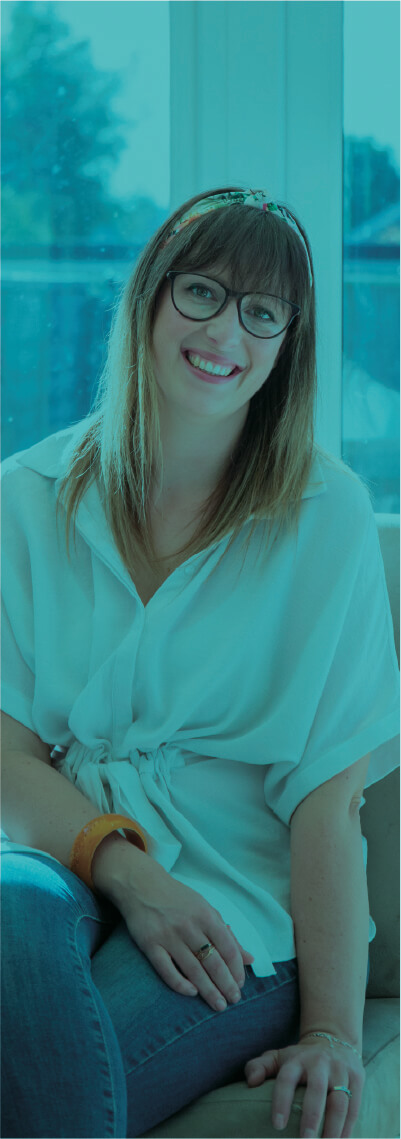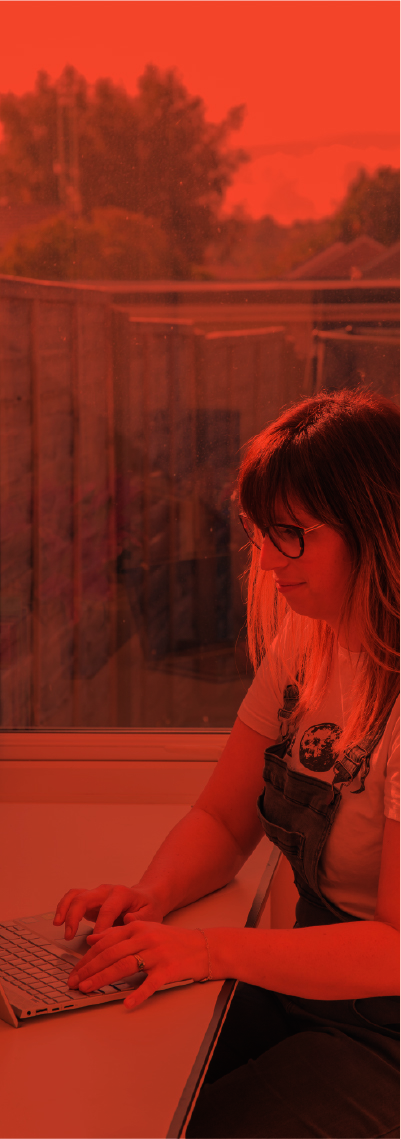
Navigating the EHCP Process
Whether you are right at the beginning of your SEN journey or further down the line, everyone seems to have a different story to tell about the process. Despite this, similar themes crop up when I’m talking to families. Since moving into private practice I have radically changed my approach to report writing and have a much better understanding of the legal processes behind EHCPs.
As a parent of a child with additional needs, I think it is really important to have a good understanding of the system. There are so many old wives tales surrounding EHCPs and knowing the facts about SEN law and EHCPs, means you can use this to benefit your child and maximise access to appropriate support in school.
WHAT’S AN EHCP ANYWAY?
An ECHP is a legal document that holds your Local Authority to account, to provide a particular level and approach to supporting your child’s education and health needs in school. It links to a document often known as an IEP (Individual Education Programme) which states exactly what the current goals are for the term and gives a step by step indication of how this will be achieved. These documents must be used together to give the full picture about what your child’s day to day in school might look like, and how the targets for the year will be achieved. It is also important that they are jointly led with parents, and that goals are set with the family goals and opinions in mind. We know that we get better outcomes when this is the case. The goals that are set should reflect what your child needs in order to meet their maximum potential and thrive in their educational setting, not simply meet their basic needs.
HOW TO IDENTIFY A SUPPORTIVE PROFESSIONAL REPORT
Good professional report writing comes with experience and a solid understanding of local authority requirements to authorise funding. The Local Authority cannot properly understand the exact money, hours and resources needed to put support in place unless professional reports and EHCPs are specific. It is a real professional challenge to get it just right! So for example if your child requires 1:1 support, how long is this needed for, who should provide that support, do they need additional training, how much will that training costs and when is it available?
The Local Authority has the same duty to accept information from private and NHS professionals and include it in their assessment from a private practitioner as an NHS one. In fact, it can be a really positive addition to the process if these two areas can work together, using the best of both their resources.
Reports are specifically written about a child’s health needs in relation to accessing school. All health recommendations should reference how they will support your child in their education setting and how it will enable them to reach their potential academically.
Health professional recommendations can appear in Section G (Health) of the EHCP. If this is the case, your LA does not have a duty of responsibility to carry out those recommendations within school. If recommendations appear in Section F (Education) there is a legal duty to uphold these.
There are a few things I recommend double checking in your child’s EHCP:
- Summary of needs (Section B) – make a tick list before the annual review of all your child’s needs so that you know each area is covered within the report.
- Use of footwear and orthotics – specify what is needed and when, and also if there are times your child should be given away from these items from a sensory perspective.
- Equipment – what do they need to support them? i.e. supportive seating, standing frames, walking aids. Also note if your child needs to use multiple items, which one is appropriate at what time?
- Playtime – can be so easily overlooked, however safe downtime is really conducive to learning and focus in the classroom. Uneven surfaces and sensory differences at this time may require additional support.
- Inclusive PE – have provisions been identified to make the PE sessions truly inclusive, not just separate physiotherapy?
- Access to therapy provision in school – if this will improve your child’s education or there is a need that must be met throughout the day, then it is ok to request this within school.
- Personal care – be specific about what additional support they will need when using the toilets or accessing other types of personal care.
- Risks – in order to quantify needs, it is also key to state the risks associated with not implementing the recommended resources. For example, a limited ability to learn and progress within their education environment.
- References – evidence to back up what you are requesting in your report is really useful.
Start from the bottom of the report:
Due to the formatting of the EHCP report, ‘outcomes’ are found in the final section. To me it makes much more sense to start here, along with identifying your child’s needs. When I am writing reports I like to think about the outcomes and goals we are working towards first, so that I can use those to inform my recommendations. Using SMART goals (specific, measurable, achievable, realistic and time). By applying each of these areas to your goal, you will end up with a really clear set of outcomes that can be reviewed easily during annual review meetings and they help everyone to know exactly what they are working towards with a timeline for accountability.
Receiving your draft:
Once the assessment has been completed, you will receive a draft of the report. It is most useful to get this in place prior to the annual review. If that hasn’t happened I advise making a date with the school to meet again to discuss the document once you have it. You need to make sure that you are really happy with the review; if not you have 6 weeks to go back and request they make changes. This is when you should address any goals that you don’t feel are specific enough. Put these amendments in writing and include evidence to support your views.
Whilst drafts should go to all the professionals that have contributed to the plan, they often don’t. So make sure that when you have a copy, you share it with the whole team. Better to have it twice than not at all!
Finally:
Remember that anyone can request an assessment or a report. You can request a new EHCP or a revised assessment of a current report if you think it does not reflect or meet current needs. However, it does need to be evidenced. You need to have your school and professionals on board. It can be a stressful process and maintaining a good relationship with your school and professionals is really helpful – talk openly and honestly and ask for reasons if something is declines.
There is a template in my Facebook group for review meetings, which can be really helpful in ensuring that everything is covered and all goals are carried out and everyone in the meeting is clear who is responsible for what and when it needs to be done by.
Thank you for reading. I hope this helps you to feel empowered when moving through the EHCP process. If you want any further information or help, please get in touch.
Jo







